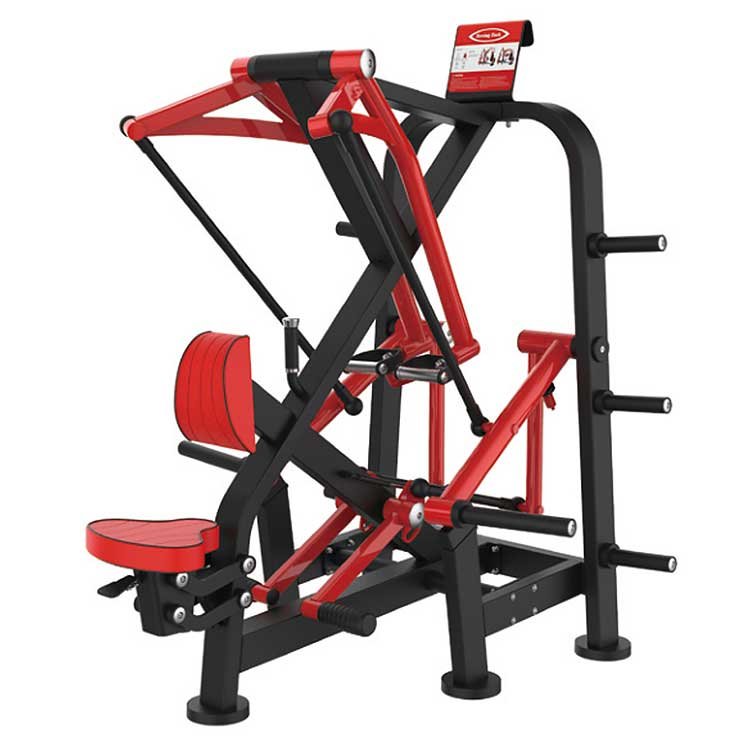In the dynamic world of fitness, gym equipment continues to evolve, driven by changing consumer demands and technological advancements. For those running a GYM CLUB, planning a Fitness Studio, or simply invested in fitness, staying informed about the latest developments—from eco-friendly equipment to strategic planning for different gym sizes—is crucial. This article delves into these topics, highlighting the role of a forward-thinking GYM Manufacturer.
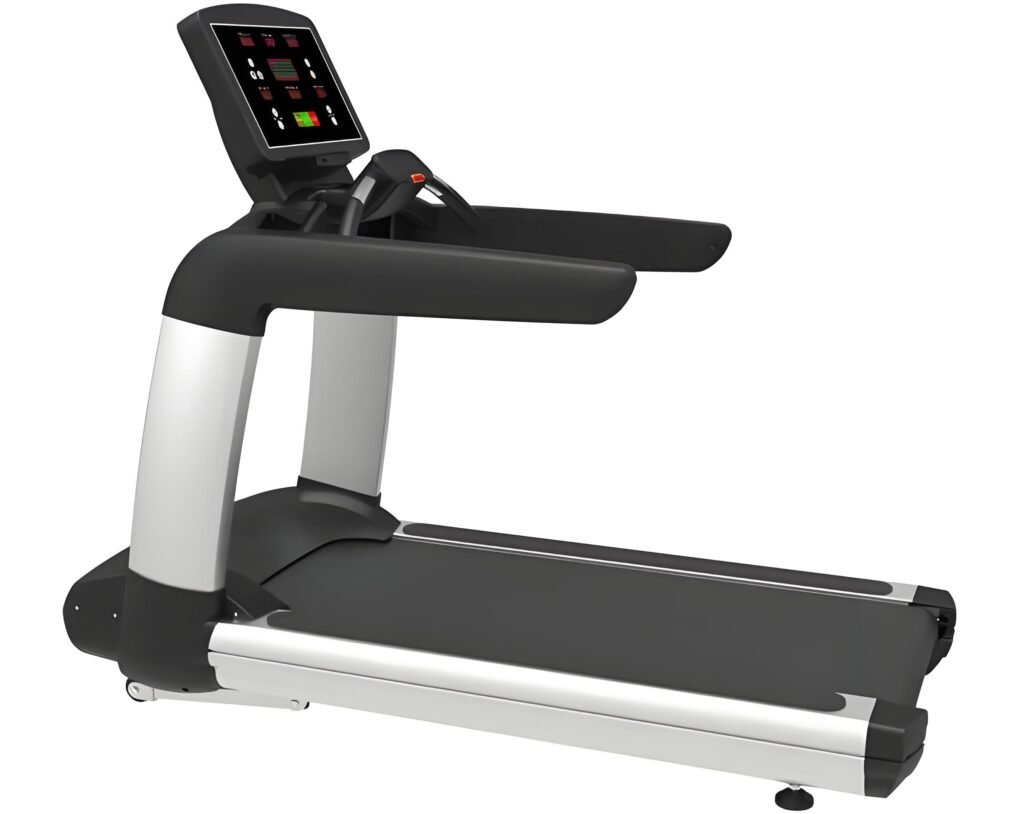
What are the eco-friendly trends in gym equipment manufacturing?
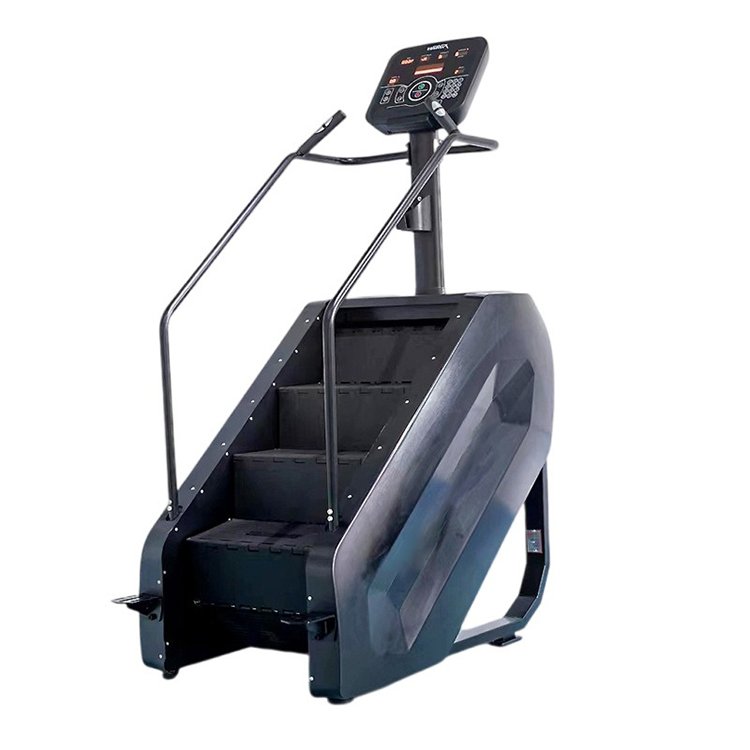
How to plan gym equipment for different gym sizes?
Small Gyms (Under 1,000 Square Feet)

Medium Gyms (1,000–5,000 Square Feet)
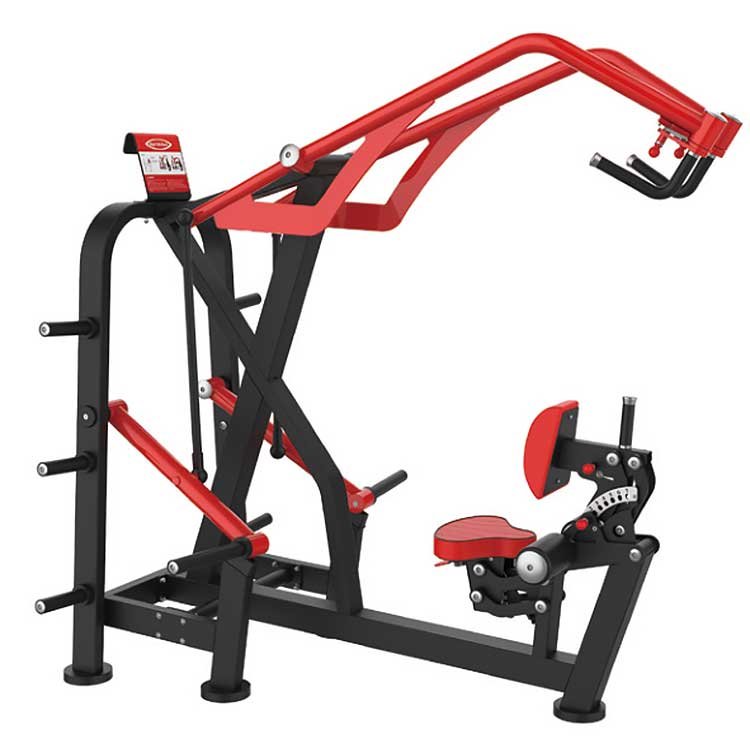
Large Gyms (Over 5,000 Square Feet)
Key Planning Tips
- Measure the space accurately and create a floor plan before purchasing equipment to avoid overcrowding.
- Prioritize equipment based on target members (e.g., a gym focused on HIIT may need more functional tools, while one catering to bodybuilders requires more strength equipment).
- Consider future expansion: Leave room for additional equipment as the gym grows, especially in medium and large spaces.
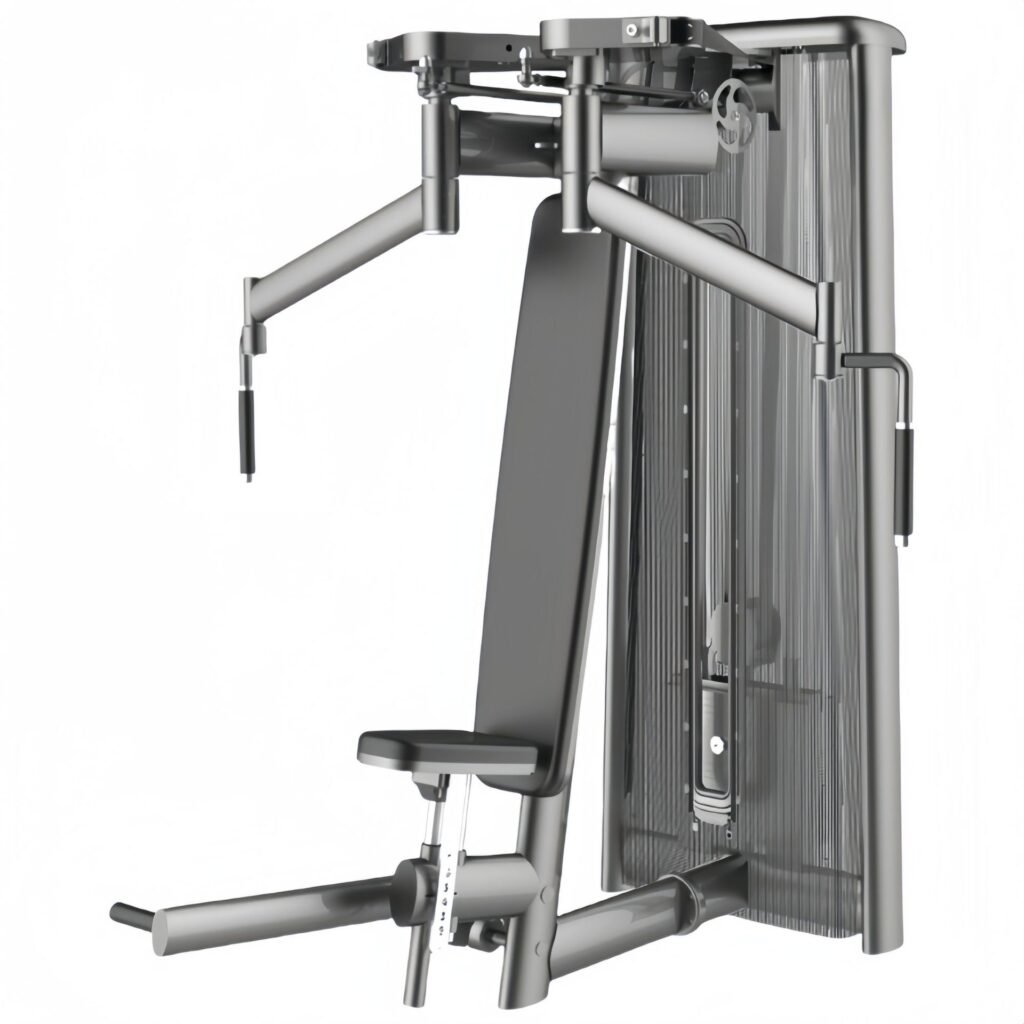
When is the right time to upgrade gym equipment?
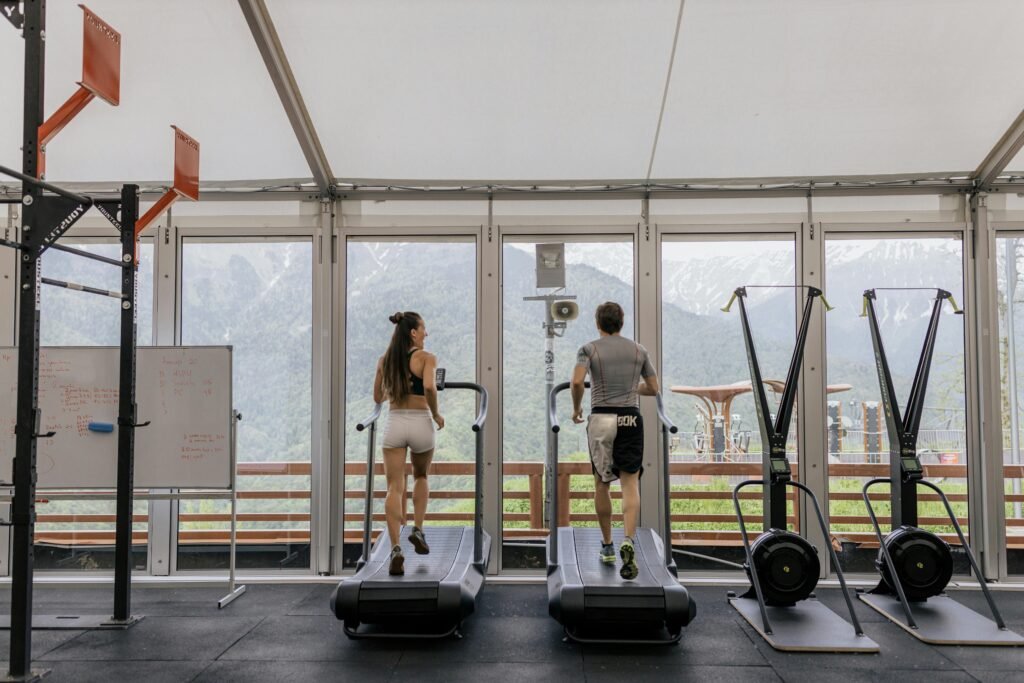
How to train staff on gym equipment usage and maintenance?
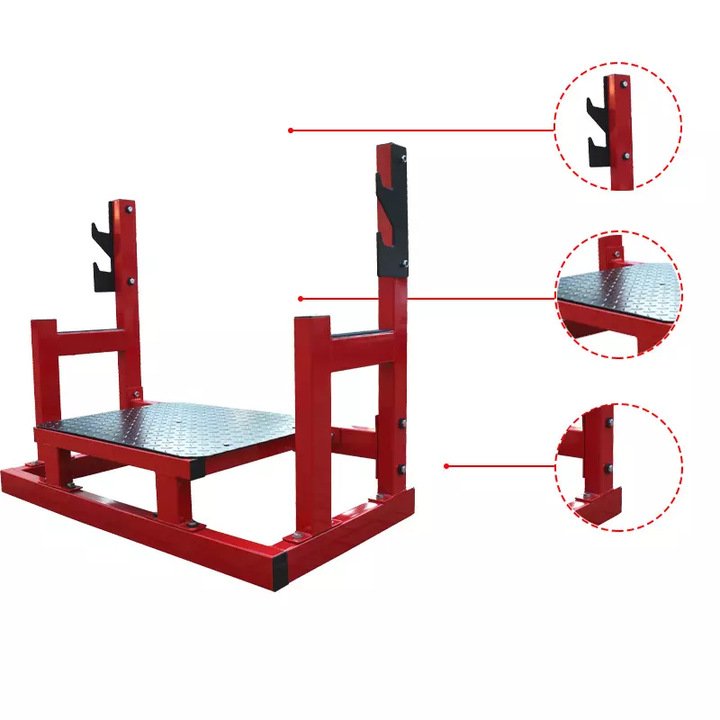
Gettinglong: Your Partner for All Gym Sizes and Sustainability Goals
As a leading GYM Manufacturer, Gettinglong is committed to providing fitness equipment that meets the needs of gyms of all sizes while prioritizing sustainability and quality.
Gettinglong Company Background
For many years, we have been at the forefront of the fitness equipment industry. Our state-of-the-art manufacturing facilities have always ensured production quality, while our experienced team provides unparalleled technical support. We have a proven track record of exporting products worldwide, with a strong presence in Asia, Europe and America.
